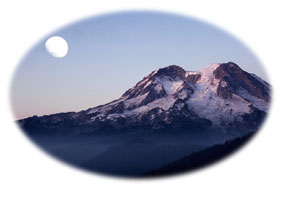Notes on the 2001 Edition
- Investigation 1: Different Types of Rock
- Investigation 2: Rocks and Landforms in Your Region
- Investigation 3: Rocks and Weathering
- Investigation 4: Rock Abrasion
- Investigation 5: Erosional Landforms
- Investigation 6: Deltas and Floodplains
- Investigation 7: Glaciers, Erosion, and Deposition
- Investigation 8: Rocks, Landforms and Human Activity
NONE
Rare rock types have been removed. The table below includes rock types that may be most common to students.
NOTE: Rock types in italics are new or moved. The following rock types have been removed from the original table: graywacke, greensand, metabasalt, metabentonite, metadiabase, metarhyolite, norite, troctolite, and harzburgite. Hornfels and peridotite have been added to the table.
| Major Rock Types | |||
| Sediments and Sedimentary Rocks | Metamorphic Rocks | Igneous Rocks | |
| Intrusive Igneous (Magma) | Extrusive Igneous (Lava/ash) | ||
| chert | anthracite coal | anorthosite | andesite |
| clay/claystone | gneiss | diabase | basalt |
| coal | marble | diorite | pumice |
| diatomaceous earth | greenstone | gabbro | obsidian |
| dolomite | phyllite | granite | rhyolite |
| gravel/conglomerate | quartzite | migmatite | scoria |
| limestone (crushed) | serpentinite | pegmatite | tuff (ash) |
| mudstone | schist | dunite | |
| sand/sandstone | slate | peridotite | |
| shale | hornfels | ||
| till | |||
| outwash | |||
| breccia | |||
Page R26, Biological Processes in Weathering
Carbonic acid has not yet been introduced; therefore, the following describes the process as mentioned in the book.
Last line: "The carbon dioxide makes more carbonic acid, which promotes further weathering of the mineral material of the soil."
This weathering process of soil occurs when the carbon dioxide in the air dissolves in rainwater to form a weak acid called carbonic acid. Although this acid is harmless to plants and animals, it is able to dissolve some kinds of minerals within rocks that contain calcium, magnesium, and potassium, like limestones and feldspars. This form of weathering is called carbonization.
NONE
NONE
NONE
NONE
NONE

